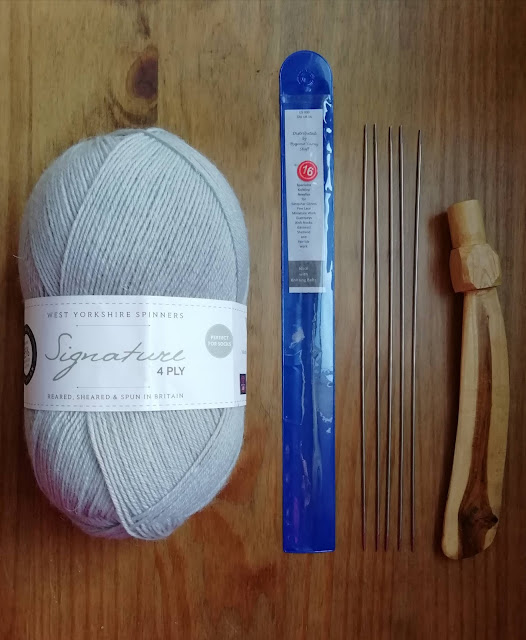The Northfolk Projects 2019 - Ganseys
I've left the brewing behind now and pleased to see the little Poppyland Brewery continuing its journey under Dave Cornell. I wish it well and hope its customers enjoy the output.
So, onward and upward with the Northfolk Project. New ideas to expand it keep coming along but I am resisting most of them for the time being for fear of over-committing. So for now the artwork is sitting there waiting to go. Drawing boards were extracted from the loft, the old materials dug out from long term storage but so far I haven't put pencil to paper, although I haven't been idle.
The Gansey Project
One of the Northfolk sub-projects is to work with Sheringham Museum Textile Group to record the patterns from local fishermen's ganseys. The number of different patterns I have charted is growing nicely and the charts are up on my website now. Over the last year I have been encouraging the knitters in the group (I am not a knitter) to up their game and try to emulate the old Sheringham knitters and to knit on smaller needles with finer yarn. We can't get hold of the equivalent 3-ply worsted they used of old but for the time being we are using fine sock wool (Signature 4-ply from West Yorkshire Spinners) for test swatches and Frangipani 5-ply worsted for samplers and ganseys. The Signature is worsted with 25% nylon and it has very good stitch definition and in pale grey it is excellent for photography. Unfortunately they don't do a navy so for real ganseys the Frangipani is preferred.
A new 'sampler' of Esther Nurse's pattern, from Sheringham about 1950



Hi martin..when you get your yarn sorted let's about indigo blue for the real pre chemical colour! Aviva Leigh
ReplyDeleteI don't know anything about dying wool and haven't read anything about the use of indigo in respect of ganseys. But as a solution to getting the right yarn with the right colour I have wondered if using undyed yarn and then dying the garment is the answer (or one answer).
DeleteBy the time gansey knitting was in full swing - say, from the middle of the 19th century - chemical dyes were used abundantly. I have no evidence that indigo was used but it would be as wonderful thing to try.
ReplyDeleteUpdate: I have now come across a reference to indigo dying in an advertisement from 1905 for commercial hand knitted ganseys: http://www.northfolk.org.uk/ganseys/commercial.html. Much more to learn.
ReplyDelete